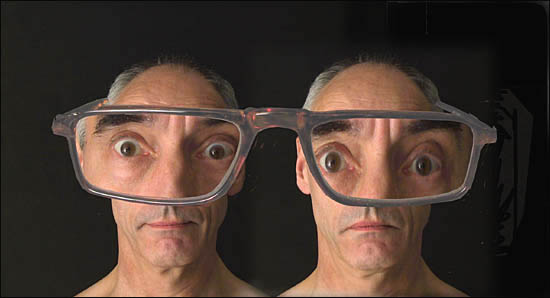Without wishing to cast aspersions on the free arts, I should like to characterise "design" as the art of good intentions. Surely one may expect that the designer of, say, a fork is capable of imagining what purpose the user would expect said fork to serve him. So far, so good, one might say. In much the same vein I could confer plausibility on the notion that the designers of the ticket windows at Amsterdam Central Station must have had more than one good intention per detail in mind. Just you try hurting your elbow on one of the many generous curves while awaiting your delay guarantee. You'll have to admit that it's a most comfortable place to hang around, and you don't even need to tip anyone. And you're presented without fail with the exact change you're entitled to. Or rather, the exact change is there, it's just that the smooth surface makes it a bit of a challenge to pick it up. It doesn't do any good to try pushing it to the edge with one hand, then dropping it into the other: thanks to the curvature there's nowhere you can put your free hand under. You're in a hurry. You're still hopeful you might just catch your train - after all you had picked the shortest queue, which of turned out to be the slowest. Along the lines of the shuffleboard principle, you push the pile of coins towards your upturned hand with considerable more vigour than you would normally apply, so that with a bit of luck most of it will end up in the palm of your hand. And that's the beauty of it: you're quite happy to leave the smallest coins, or at least those which have not dropped right next to you big toe, where they have landed. And this is precisely why I fully appreciate the current overhaul of Central Station: keen to make up for a shortcoming in their public furniture, the designers have decided to construct a tunnel with service holes underneath the counter, so as to enable drifters to stick their arms through the holes to collect their dinner money from between the toes of your shoes, without anyone feeling embarrassed.
|
